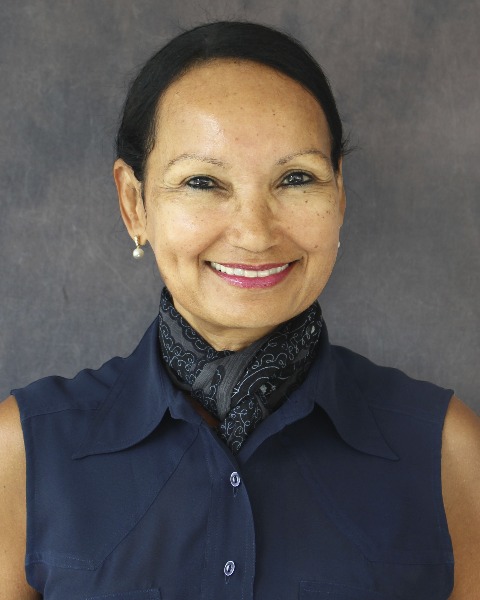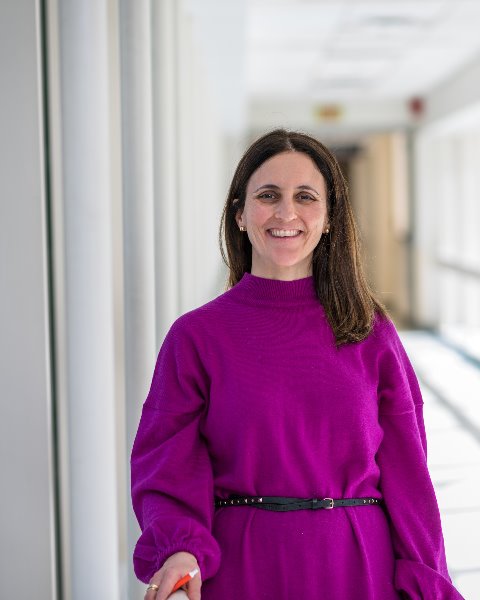Breast
E10: Patterns of Ipsilateral Breast Tumor Recurrence by Race and Ethnicity: A Population-Based Analysis

Olga Kantor, MD (she/her/hers)
Assistant Professor
Brigham and Women's Hospital
Boston, Massachusetts, United States
Olga Kantor, MD (she/her/hers)
Assistant Professor
Brigham and Women's Hospital
Boston, Massachusetts, United States
Olga Kantor, MD (she/her/hers)
Assistant Professor
Brigham and Women's Hospital
Boston, Massachusetts, United States
Christina A. Minami, MD MS (she/her/hers)
Breast Surgeon
Brigham and Women's Hospital
Boston, Massachusetts, United States
Lisa Newman, MD MPH
Breast Surgeon
Cornell University
New York, New York, United States- RP
Rinaa Punglia, MD MPH
Radiation Oncologist
Brigham and Women's Hospital, United States - EO
Esther R. Ogayo, BS
Senior Research Technician
Dana-Farber Cancer Institute, United States - MC
Mariana Chavez-MacGregor, MD MPH
Breast Medical Oncologist
MD Anderson Cancer Center, United States - EM
Erica L. Mayer, MD
Breast Medical Oncologist
Dana-Farber Cancer Institute, United States 
Rachel A. Freedman, MD, MPH
Associate Professor
Dana Farber Cancer Institute
Boston, MA, United States
Elizabeth A. Mittendorf, MD, PhD, MHCM (she/her/hers)
Professor of Surgery
Brigham and Women's Hospital, Dana Farber Cancer Institute
Boston, Massachusetts, United States
Tari A. King, MD (she/her/hers)
Chief, Division of Breast Surgery
Brigham and Women's Hospital, Dana-Farber Cancer Institute
Boston, Massachusetts, United States
ePoster Abstract Author(s)
Submitter(s)
Author(s)
Methods: The SEER database was used to identify patients with stage 0-III BC who underwent BCS from 2000-2020. IBTR was defined as a second record of ipsilateral BC captured for the same patient identifier. Descriptive statistics were used for comparisons, and Kaplan-Meier and Cox Hazards curves were used for survival analyses.
Results:
Of 446,602 patients, 315,787 (71.0%) patients were Non-Hispanic White (NHW), 41,111 (9.2%) NHB, 49,402 (11.1%) Hispanic, 35,883 (8.1%) Asian, and 2,419 (0.5%) American Indian or Alaskan Native (AIAN). Estrogen receptor (ER) status was 80.7% ER+, 14.8% ER-, and 4.5% unknown. Treatment included chemotherapy in 33.7% and radiation therapy (RT) in 74.3%.
Overall, 9,970 (2.2%) patients experienced IBTR: 2.3% of NHW, 2.9% of NHB, 1.9% of Hispanic, 1.7% of Asian, and 2.3% of AIAN patients (p< 0.01). 532 (5.3%) patients with IBTR had synchronous distant recurrence: 4.8% of NHW, 7.2% of NHB, 6.7% of Hispanic, 6.1% of Asian, and 3.6% of AIAN patients (p< 0.01). Median months to IBTR was 105 in NHW, 95 in NHB, 103 in Hispanic, 100 in Asian and 83 in AIAN patients (p< 0.01).
At initial diagnosis, patients with IBTR were younger (age < 50 in 29.8% vs 19.2%), of NHB race/ethnicity (12.1% vs 9.1%), had ER- disease (17.4% vs 14.8%), and were less like to receive RT (66.5% vs 74.4%) compared to patients that did not develop IBTR, all p< 0.01.
On unadjusted Kaplan-Meier analyses, NHB patients had the highest IBTR rates for both ER+ and ER- disease (Figure). On Cox-Proportional Hazards models adjusting for patient, tumor, and treatment factors, NHB race/ethnicity was associated with IBTR for both ER+ (HR 1.52, 95% CI 1.41-1.65) and ER- disease (HR 1.57, 95% CI 1.39-1.77) compared to NHW patients. Adjusted models of BCM found both NHB race/ethnicity (HR 1.36, 95% CI 1.31-1.40) and IBTR (1.26, 95% CI 1.20-1.33) to be independently associated with BCM.
Conclusions: NHB race/ethnicity was associated with higher rates of IBTR and shorter time to IBTR in both ER+ and ER- BC, as well as independently associated with worse BCM. Further research is needed to understand the reasons behind differing local events by race/ethnicity.
Learning Objectives:
- Describe differences in characteristics of patients that develop IBTR vs those that do not
- Describe predictors of IBTR outside of tumor and treatment factors
- Understand differences in timing and rates of IBTR by race and ethnicity
